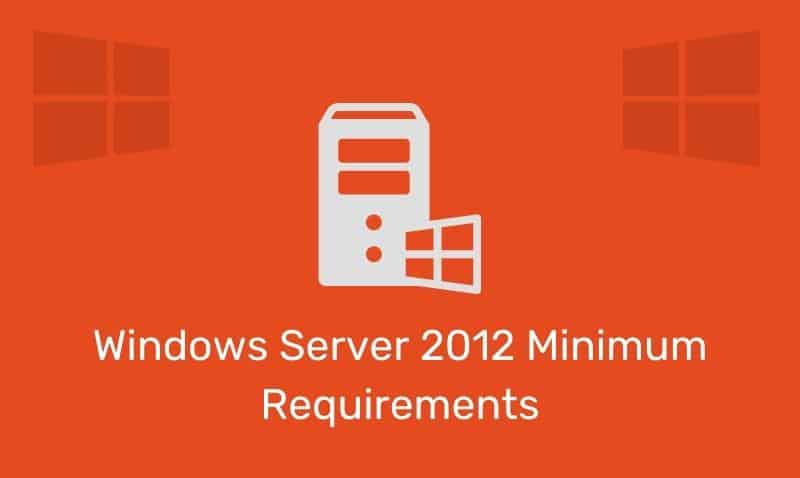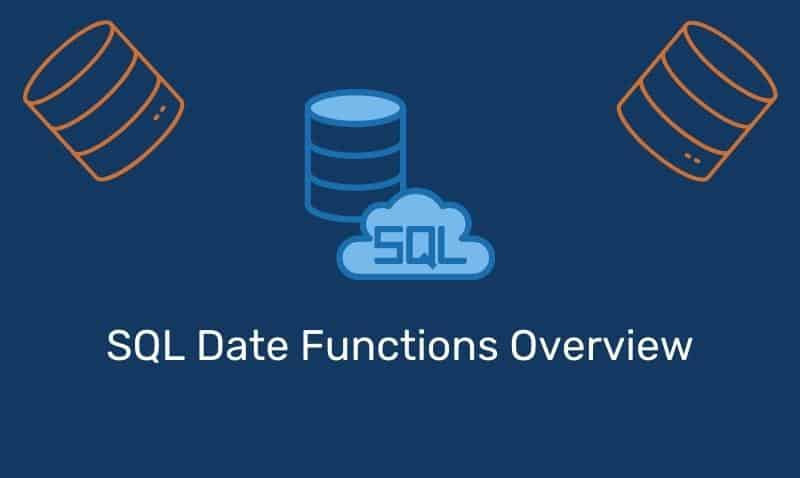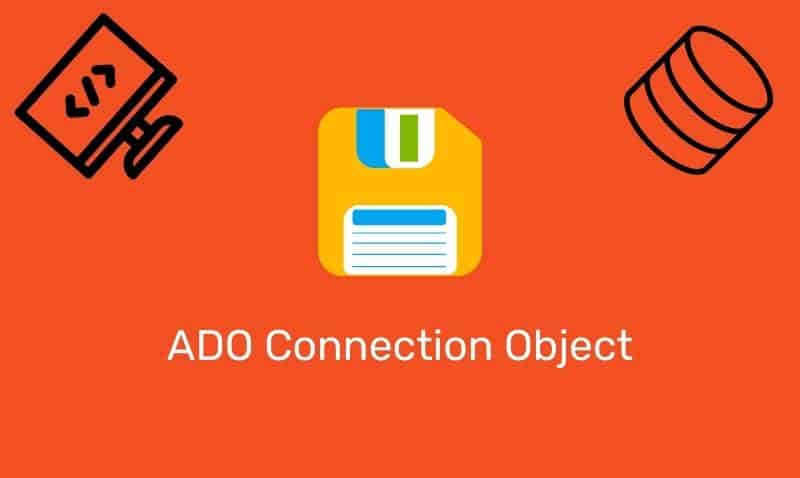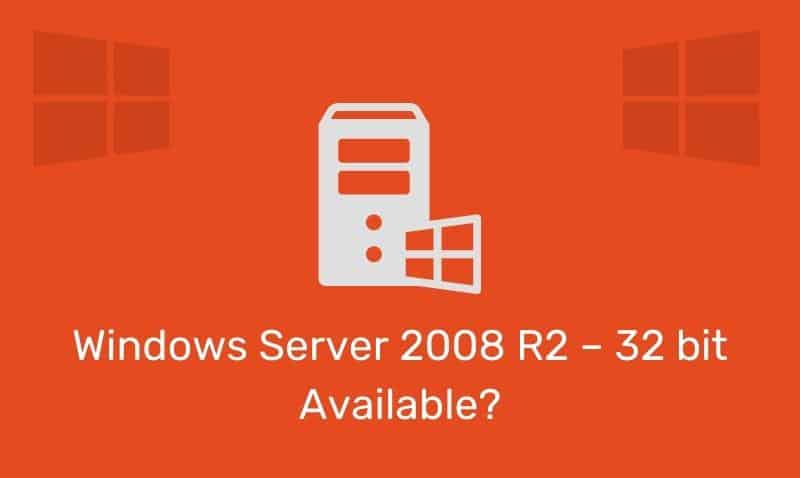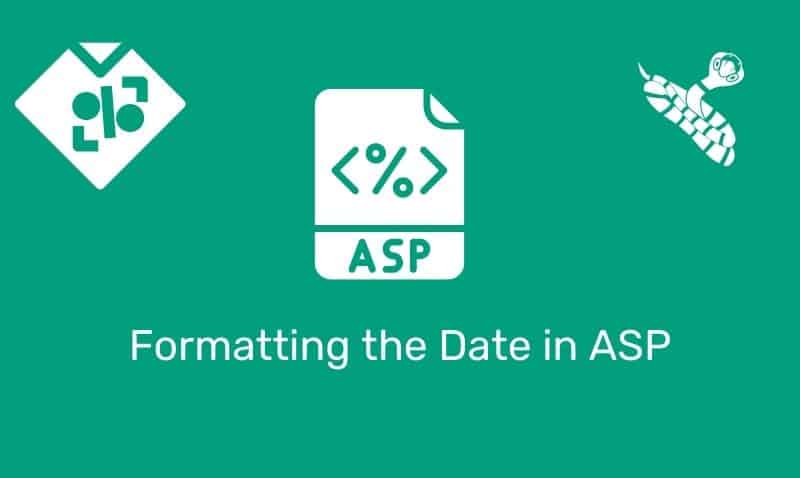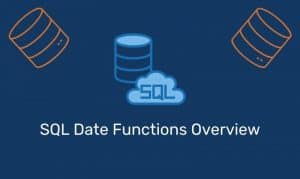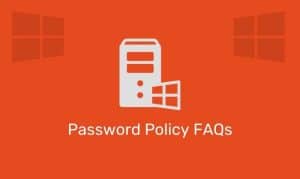If you have been supporting operating systems for quite a while, you will quickly realize that every few years or so, Microsoft releases a new server operating system. As new versions are released, older versions are retired and dropped from support. During this process, you may have servers that you need to rebuild or upgrade.
My recommendation is to perform a clean install whenever possible. I have never been a fan of in-place upgrades. While upgrades are supported, it is common to run into issues during or after the operating system upgrade, especially if the operating system you are upgrading has been installed and maintained for quite a bit of time.
However, there are some special circumstances where a clean install is not an option, or the level of risk to perform an in-place upgrade is acceptable. The table below provides a summary of the Windows operating systems that can be upgraded to Windows Server 2012. You should note the following guidelines for supported paths.
- In-place upgrades from 32-bit to 64-bit editions are not supported. Server 2012 is only available in 64-bit versions.
- In-place upgrades from one build type are not supported. For example, checked build (debug) vs. free build (retail).
- If the server has certain roles, such as AD DS, additional steps may need consideration.
- Upgrades from pre-release versions (Release Candidate) are not supported.
- Upgrades from Server Core to GUI is not supported in one step. Server 2012 allows the switch once Server 2012 is upgraded successfully.
| Upgrade From | Upgrade To |
|---|---|
| Windows Server 2008 Standard with SP2 | Windows Server 2012 Standard, Windows Server 2012 Datacenter |
| Windows Server 2008 Enterprise with SP2 | Windows Server 2012 Standard, Windows Server 2012 Datacenter |
| Windows Server 2008 Datacenter with SP2 | Windows Server 2012 Datacenter |
| Windows Web Server 2008 | Windows Server 2012 Standard |
| Windows Server 2008 R2 Standard with SP1 | Windows Server 2012 Standard, Windows Server 2012 Datacenter |
| Windows Server 2008 R2 Enterprise with SP1 | Windows Server 2012 Standard, Windows Server 2012 Datacenter |
| Windows Server 2008 R2 Datacenter with SP1 | Windows Server 2012 Datacenter |
| Windows Web Server 2008 R2 | Windows Server 2012 Standard |
If you do decide to upgrade your server operating system rather than performing a clean install, make absolutely sure that you have a good recoverable backup prior to the upgrade.
